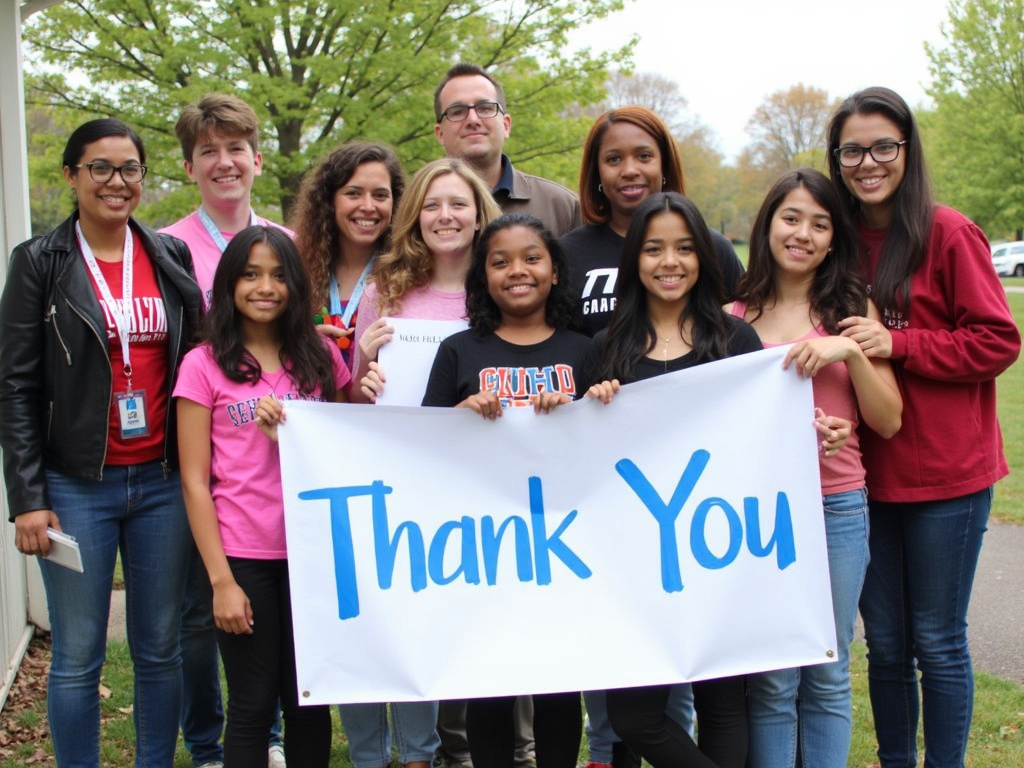Implementing Service Learning in Your Classroom: Best Practices
By , June 18, 2025
Overview
Service learning blends classroom lessons with community service. It’s a hands-on way to make learning exciting and meaningful while teaching students to care about their world.
What is Service Learning?
Service learning is a teaching approach where students use what they learn in class to help their community. It’s different from regular volunteering because it ties directly to school lessons. Students might clean a park for science class or tutor kids for a language unit. The goal? Real-world learning with a purpose.

Why Service Learning Matters
This method does more than teach facts. It shows students how their skills can solve real problems. They gain confidence, teamwork, and a sense of duty. Plus, it makes classwork feel less like a chore and more like an adventure.
Benefits for Everyone
Students aren’t the only winners here. Teachers get more engaged classes. Communities get help with local needs—like cleaner streets or happier neighbors. It’s a win-win that builds stronger ties between schools and the people around them.
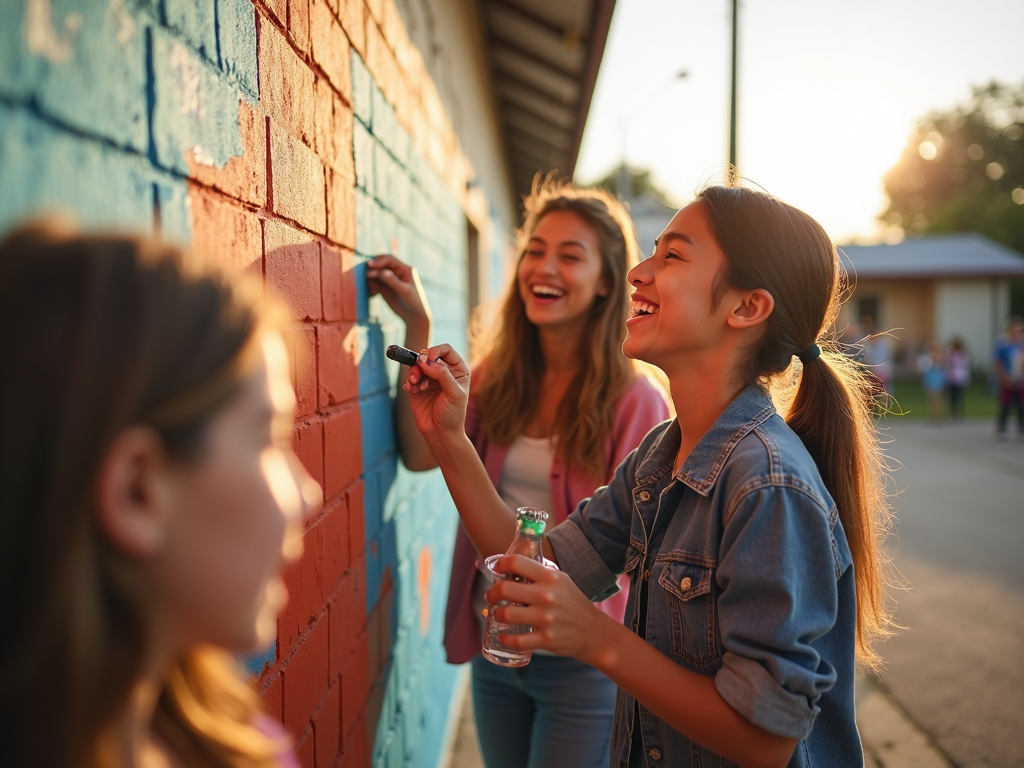
Best Practices for Implementing Service Learning
Match Projects to Lessons
Pick a service project that fits your subject. Teaching math? Have students budget a fundraiser. History? They could interview veterans. When the project connects to class, students see the point of their work.
Let Students Lead
Give students a say in the project. Let them brainstorm ideas and choose what excites them. This builds ownership. They’ll work harder and learn skills like planning and decision-making along the way.
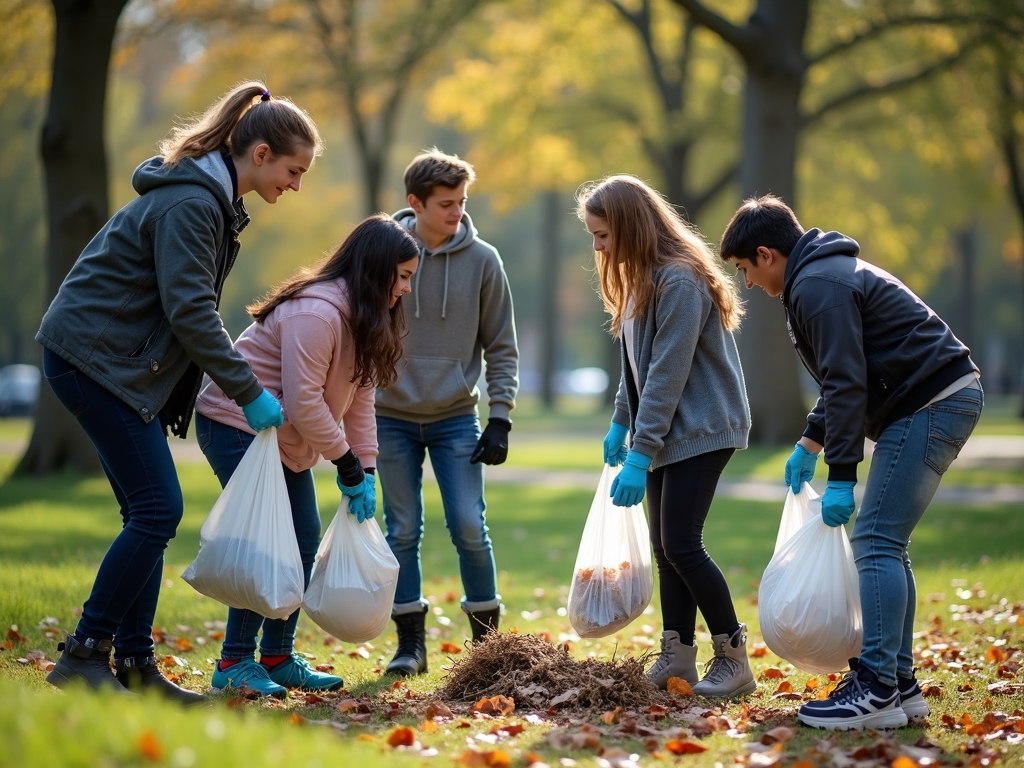
Team Up with Locals
Find community groups to partner with. They know what’s needed and can offer support—like supplies or advice. A local shelter or library might be a great place to start.
Make Time to Reflect
After the project, have students think about it. They can write in journals or talk in groups. Ask them: What did you learn? How did it feel to help? This step turns action into understanding.
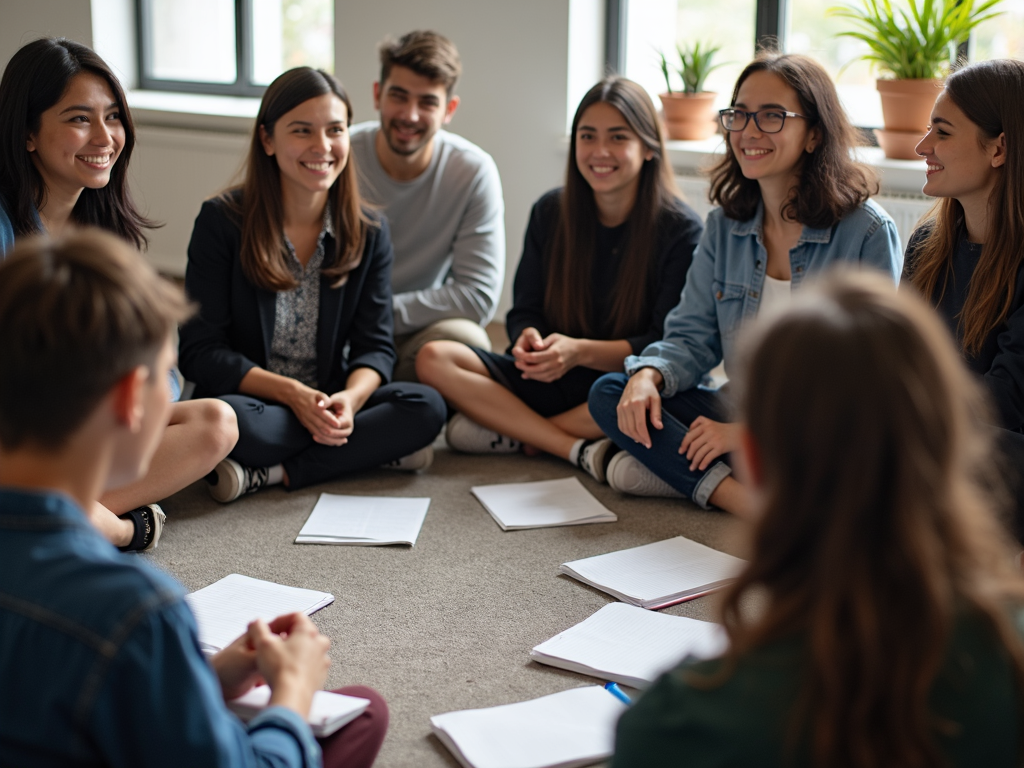
Check Their Progress
Grade the project like any assignment. Look at how they took part, what they wrote in reflections, and if they met learning goals. It keeps the focus on growth, not just the service.
My Experience with Service Learning
I once had my class work with a food pantry. We were studying health, so they organized a drive for healthy snacks. They learned about nutrition and saw hunger up close. One student told me it was the first time she felt school mattered. That stuck with me.
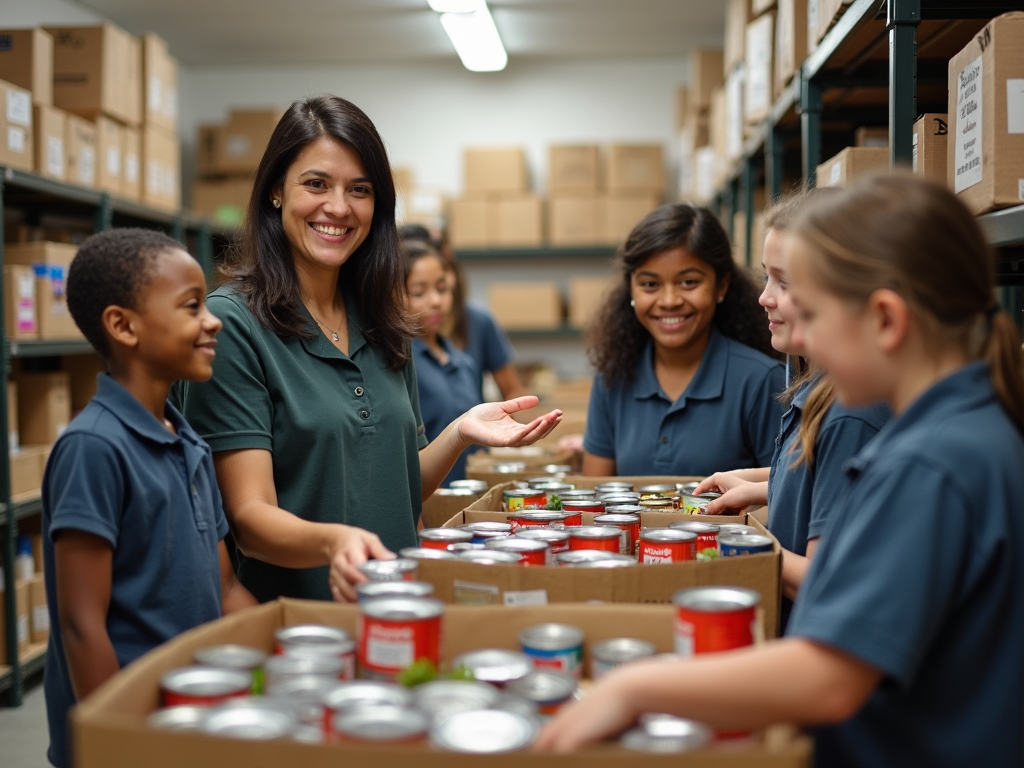
Facing the Challenges
Time is a big hurdle. Fitting service into a packed schedule isn’t easy. My tip? Start small—a one-day project works wonders. Another issue is balancing school goals with community needs. Talking to your partners helps keep everyone on track.
Quick Tips for Success
- Set a Goal: Know what you want students to learn.
- Stay Open: Plans might change—roll with it.
- Celebrate: Share the wins with students and the community.
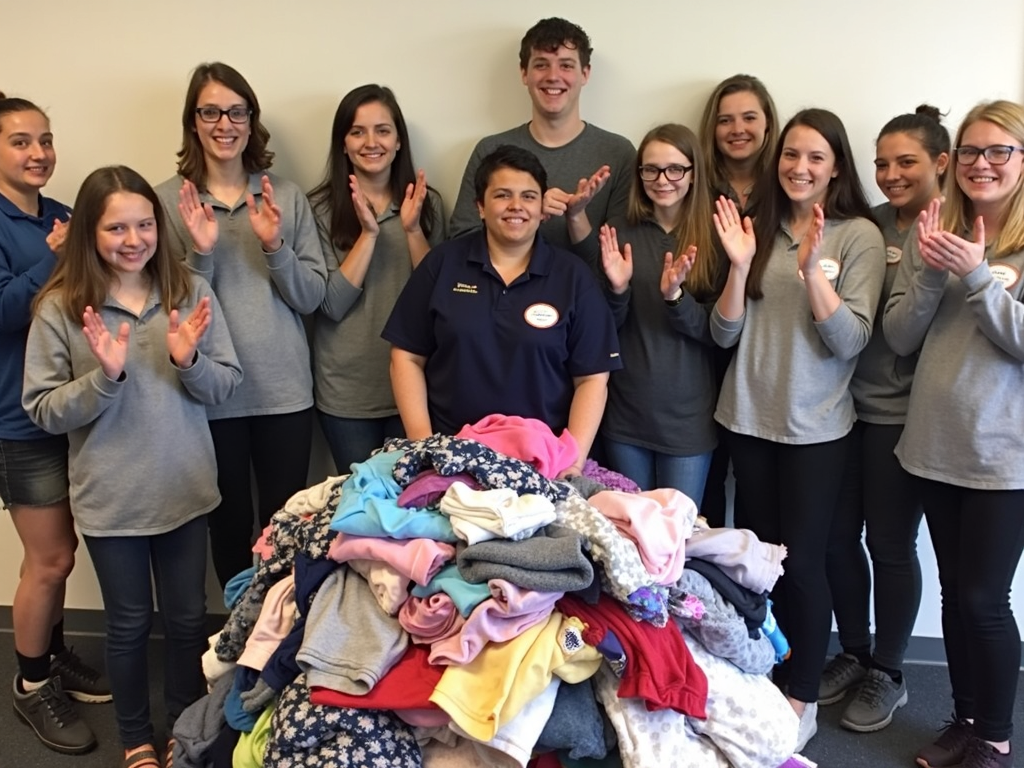
Tools to Get Started
Here’s a simple table to plan your project:
| Step | Action |
|---|---|
| Pick a Topic | Tie it to your lessons |
| Find a Partner | Call a local group |
| Plan Together | Let students help |
| Reflect | Schedule a talk or write-up |
| Assess | Check participation and goals |
Summary
Service learning brings lessons to life. It connects students to their community and makes learning stick. Use these best practices to start small, involve students, and team up with locals. The effort pays off in engaged kids and a better neighborhood.
